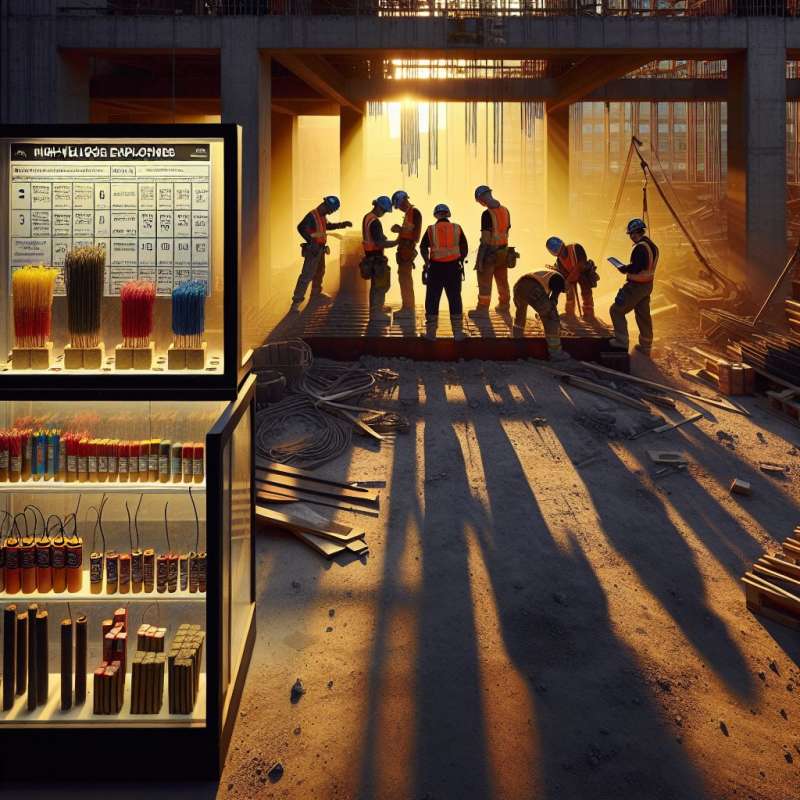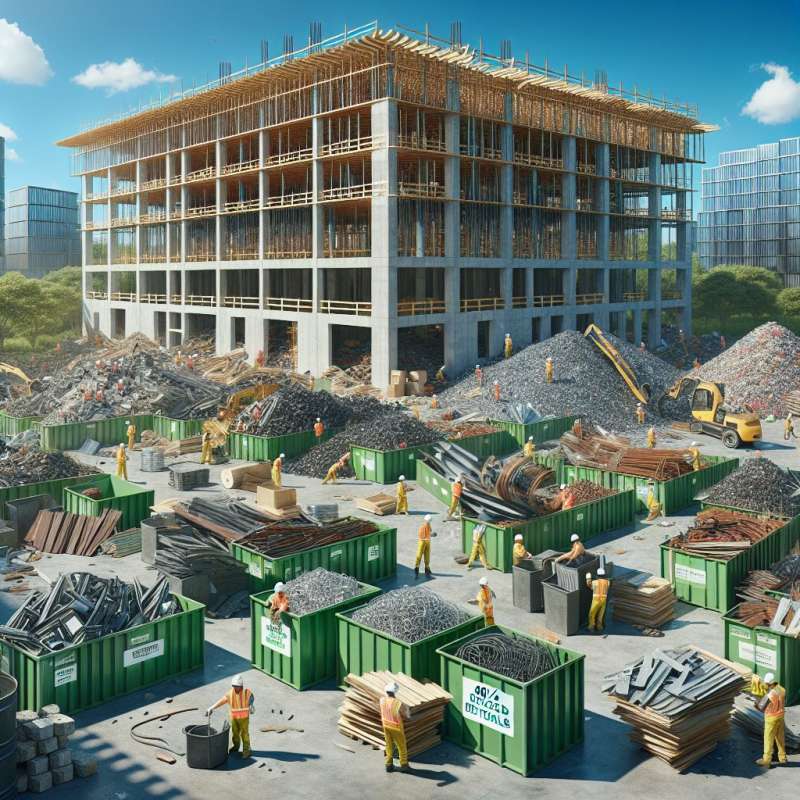
Introduction to Building Implosions
Building implosions use controlled demolition techniques to collapse structures inward. This involves strategically placing explosives to weaken key supports, causing the building to fall into its footprint. This method is efficient and minimizes damage to surrounding areas.
Precision Planning and Engineering
Demolition experts conduct extensive planning, including 3D modeling and structural analysis. Engineers determine the exact amount and placement of explosives. This precision ensures the building collapses safely and effectively, reducing risks and ensuring a controlled demolition.
Types of Explosives Used
High-velocity explosives like dynamite and RDX are commonly used due to their rapid shock waves. These materials are placed in drilled holes within key structural elements, such as columns and beams, to ensure an effective implosion.
Environmental and Safety Measures
Implosions generate dust and debris, so safety measures include exclusion zones, dust suppression methods, and real-time monitoring. Specialized mitigation techniques, like water curtains and air-quality monitoring, are employed to protect the environment and public health.
Surprising Fact: Recycling Post-Implosion
Did you know that up to 90% of imploded building materials can be recycled? Concrete, steel, and other materials are often reclaimed and reused in new construction projects. This approach reduces waste and promotes sustainable building practices.Rarely Known Phenomenon
Sometimes buildings can implode without any explosives due to structural failure and design flaws, a rare but documented occurrence in engineering history.
What weakens key supports in implosions?
Fire
Explosives
Water
Company